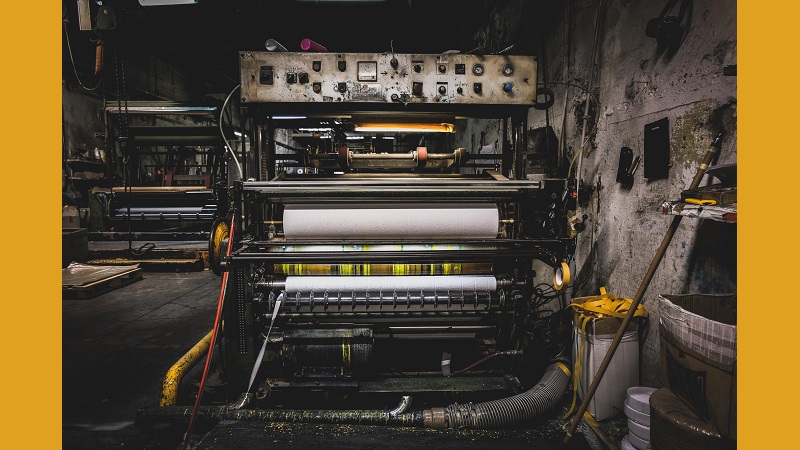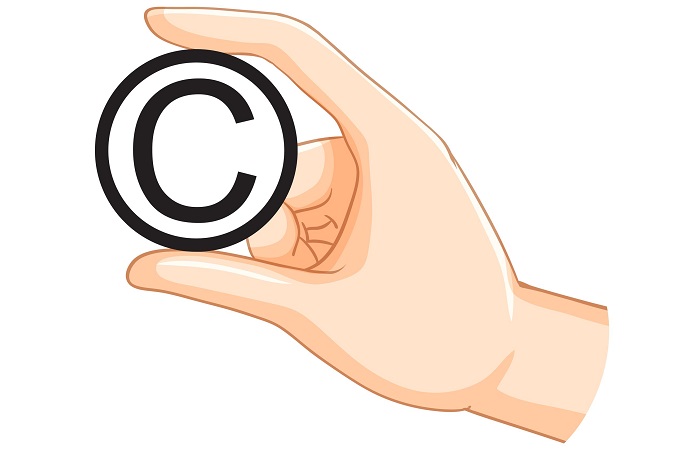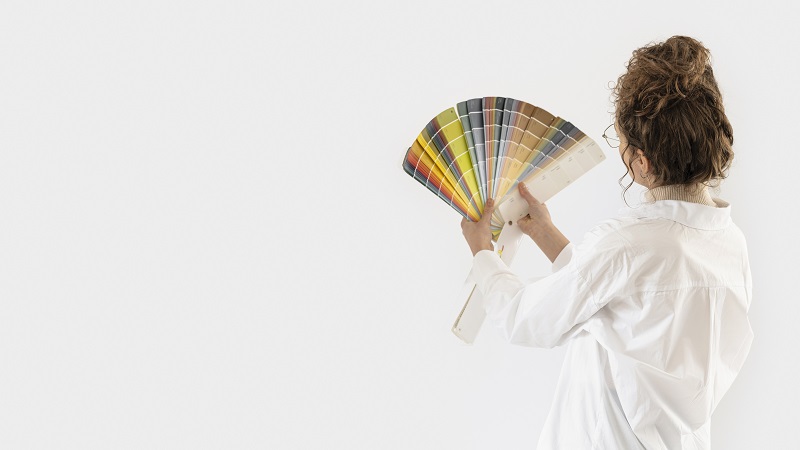
Table of Contents
How did newspapers print photographs?
To answer this question, we better specify the time we’re exactly curious about. In this case, the first thing that comes to mind is when the first picture was printed in newspapers. The first newspaper ever was “Relation” published in France in 1605. This newspaper line was published with the Gutenberg printing press and had some illustrations printed with Gutenberg’s unique method. To answer “How did old newspapers print photos” we can divide history into two main parts: before and after the industrial revolution. In this blog, we will take a closer look into two main methods used to print newspaper pictures back in time.
Printing Newspapers Before the Industrial Revolution
Before Gutenberg
Way before the Industrial Revolution, even before Gutenberg’s amazing invention, people would copy texts by hand and make copies of their work using a technique called block printing.
What is block printing?
Block printing is an ancient technique used to print text, illustrations, or patterns on paper or cloth. It is done by transferring ink from carved woodblocks onto paper, fabric, or other material. The woodblock is a rectangular board with a flat surface and sharpened edges that are cut into it. The blocks are inked by rubbing the surface with a smooth object; usually a round stone called an inking stone. Woodblock printing was invented in China during the Han dynasty and then spread to other parts of Asia and Europe.
Gutenberg’s Miracle!
The printing press was invented by Johannes Gutenberg in 1450. It was a revolutionary invention, and it changed the world of printing.
How did Gutenberg’s machine work?
Gutenberg’s printing machine, also known as the Gutenberg press or the hand press, was an early movable type printing press that utilized a printing process with type components made from an alloy of lead, tin, and antimony. A frame held the type components, arranged in a form and printed on a sheet of paper when a lever was pressed to put pressure on the type components and composition. The ink used to print was made of a mixture of lampblack, bone black, and white lead. Gutenberg’s press could be cranked to move the type components down into place and to move the paper under the type components to be printed. The printing machine also included a board that could hold multiple letters simultaneously, allowing faster printing.
Printing Newspapers after the Industrial Revolution

Offset machine
After the Industrial Revolution, with the rise of using machines and the media spread, the need to access a better machine that could produce more pages for more people became bigger. At this point, along with the global revolution in the industry, we needed a big revolution in the publishing industry. This is where Offset lithographic printing press was invented.
What is offset?
This offset machine was invented in England in 1875 by Robert Barclay. Along the way, many other people like Ottmar Mergenthaler developed the machine to work more efficiently.
After the Industrial Revolution, photos in newspapers were traditionally printed by offset lithography. In this process, the images are first transferred onto metal plates, which are then used to transfer the image onto rubber sheets. The rubber sheets are then used to print the image onto the newspaper. The process involves applying ink to the metal plates, which are then transferred to the rubber sheets and the newspaper. The ink is attracted to the image areas on the plate and repelled by the non-image areas, resulting in a high-quality printed image.
Last but not least
Before the industrial revolution, printing newspapers was a labor-intensive process involving much manual work. The process was slow and time-consuming, and it took a lot of work to produce large quantities of copies quickly. The printing process was also costly back then, and only wealthy people could afford it. The industrial revolution brought about many advances in printing technology, including the development of steam-powered printing presses and mechanical typesetting machines, which significantly increased the speed and efficiency of the printing process.

From where we are standing today, that we can even have printers in homes and offices, it might seem surreal how the printing process was done in the past. In today’s digital world, with the rise of Generation Z, that prefers most things on their cell phones and laptops and can easily hire a photo editor and print them on any materials they want, we have not only regular 2D printers but also 3D printers!
All in all, every path has its puddles, and technology is a fast-growing industry. Who knows? Maybe in 100 years, future generations will find our printers absurd! (spoiler alert: they will!)










